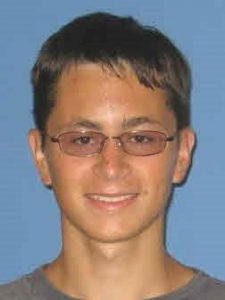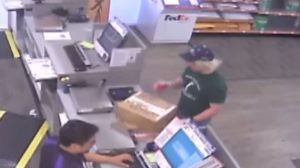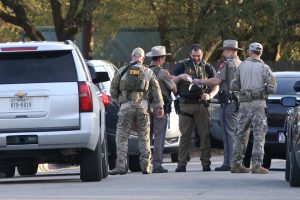
By Bill Tarrant and Andrew Hay
(Reuters) – A series of package bombs this week that targeted U.S. Democratic politicians, media and public figures who are unpopular with right-wing activists was probably more of a scare tactic than a murder plot, security analysts said.
Two weeks before the U.S. mid-term elections, experts differed on whether the packages were sent by one person or a group. Police were examining the devices for forensic evidence, which might yield some answers.
None of the 10 bombs exploded and there was no claim of responsibility.
“What they wanted to do was scare people, cause disruption, but not necessarily hurt anybody, because if they’d wanted to hurt people the bombs would have gone off,” said Matthew Bradley, a former CIA agent and current regional security director of International SOS and Control Risks.
“My personal feeling is that this is some kind of a wacko, rather than an organization trying to accomplish something. Evil, mad, has a grudge. A little mix of all of these,” said University of Rhode Island chemistry professor Jimmie Oxley, an explosives expert.
While Oxley said she suspected a single bomber, Bradley said multiple people were probably involved because “it’s hard to coordinate that mail delivery on your own.”
New York Governor Andrew Cuomo told CNN on Thursday that the more packages authorities find, the faster investigators can track down the perpetrators.
“I would expect more,” Cuomo said, adding that the packages may be aimed at intimidating people. “They are bombs capable of detonation. They did not detonate. Was that purposeful or incidental?”
NO UNABOMBER
The thick manila envelopes were intercepted before any reached their intended recipients, who included former President Barack Obama, ex-Vice President Joe Biden and former Secretary of State Hillary Clinton.
Bradley ruled out a dedicated, smart and efficient killer such as Ted Kaczynski, the notorious Unabomber who kilted three and injured 23 in a three-decade campaign using sophisticated devices sent through the mail.
“There’s a little bit of disconnect, mentally for the person who’s doing this, it doesn’t sound like it’s a cold calculating person like Ted Kaczynski,” said Bradley. “This is more amateur than professional, but there’s also professionals who could have wanted it to look that way.”
In the most recent similar incident, five relatively advanced package bombs exploded in Austin, Texas, in March. Most were sent through Federal Express and triggered by movement. The suspected serial bomber Mark Conditt, 23, later blew himself up.
POORLY DESIGNED
Experts said that in contrast to the Unabomber and Conditt, this week’s would-be bomber used packages that were poorly designed and suspicious in appearance. The bombs seized this week, some of which were intercepted at U.S. Postal Service locations, were inside envelopes and were 6 to 8 inches (15 to 20 cm) long.
“The small size restricts what materials might actually function in it,” said Oxley, the University of Rhode Island professor who has built 130 pipe bombs at the request of the FBI and the Bureau of Alcohol, Tobacco, Firearms and Explosives to aid investigators.
The reported presence of polyvinyl chloride (PVC) in at least one of the devices led her to believe the bomb builder wrongly thought the relatively lightweight material would not be detected by X-ray.
“I would prefer to think this was a scare. But this has to be taken seriously,” she added.
(Reporting by Bill Tarrant in Los Angeles and Andrew Hay in New Mexico, additional reporting by Dan Whitcomb in Los Angeles and Barbara Goldberg in New York; Editing by Lisa Shumaker and David Gregorio)



